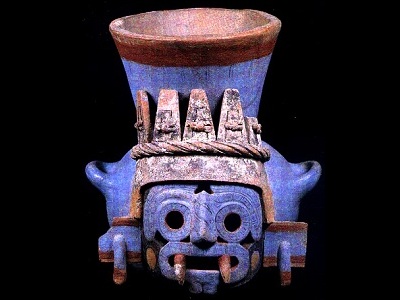- Norse: Freya
- Norse: Valkiries
- Chinese: Pan-ku
- Pawnee: Tirawa
- Greek: Pan
- Roman: Faunus
- African: Shango
- Japanese: Susanowo
- Aztec: Tlaloc
- Navajo: Tonenili
- Norse: Thor
- Norse: Njord
- Greek: Zephyr
- Maori: Tawhiri
- Mayan: Xib Chac
- Norse: Bifrost
- Norse: Aegir
- African: Olokun
- Greek: Poseidon
- Roman: Neptune
- Greek: Amphitrite
- Greek: Galatea
- Maori: Tangaroa
- Inuit: Sedna
- Navajo: Estsanatlehi
- Greek: Persephone
- Hawaii: Pele
Myths Related to Aspects of the Earth
Early civilizations had many myths about gods and goddesses associated with what they experienced in their daily lives at the surface of the Earth. This section provides a glimpse of myths associated with aspects of Earth - storms, precipitation, lightning and thunder, winds, clouds, rainbows, water and the seas, aurora, volcanoes and the underworld - which early civilizations used to help understand the sometimes frightening world around them.
Please log in
Science Blogs
Real Climate: climate science from climate scientists

Windows to the Universe, a project of the National Earth Science Teachers Association, is sponsored in part is sponsored in part through grants from federal agencies (NASA and NOAA), and partnerships with affiliated organizations, including the American Geophysical Union, the Howard Hughes Medical Institute, the Earth System Information Partnership, the American Meteorological Society, the National Center for Science Education, and TERC. The American Geophysical Union and the American Geosciences Institute are Windows to the Universe Founding Partners. NESTA welcomes new Institutional Affiliates in support of our ongoing programs, as well as collaborations on new projects. Contact NESTA for more information.






